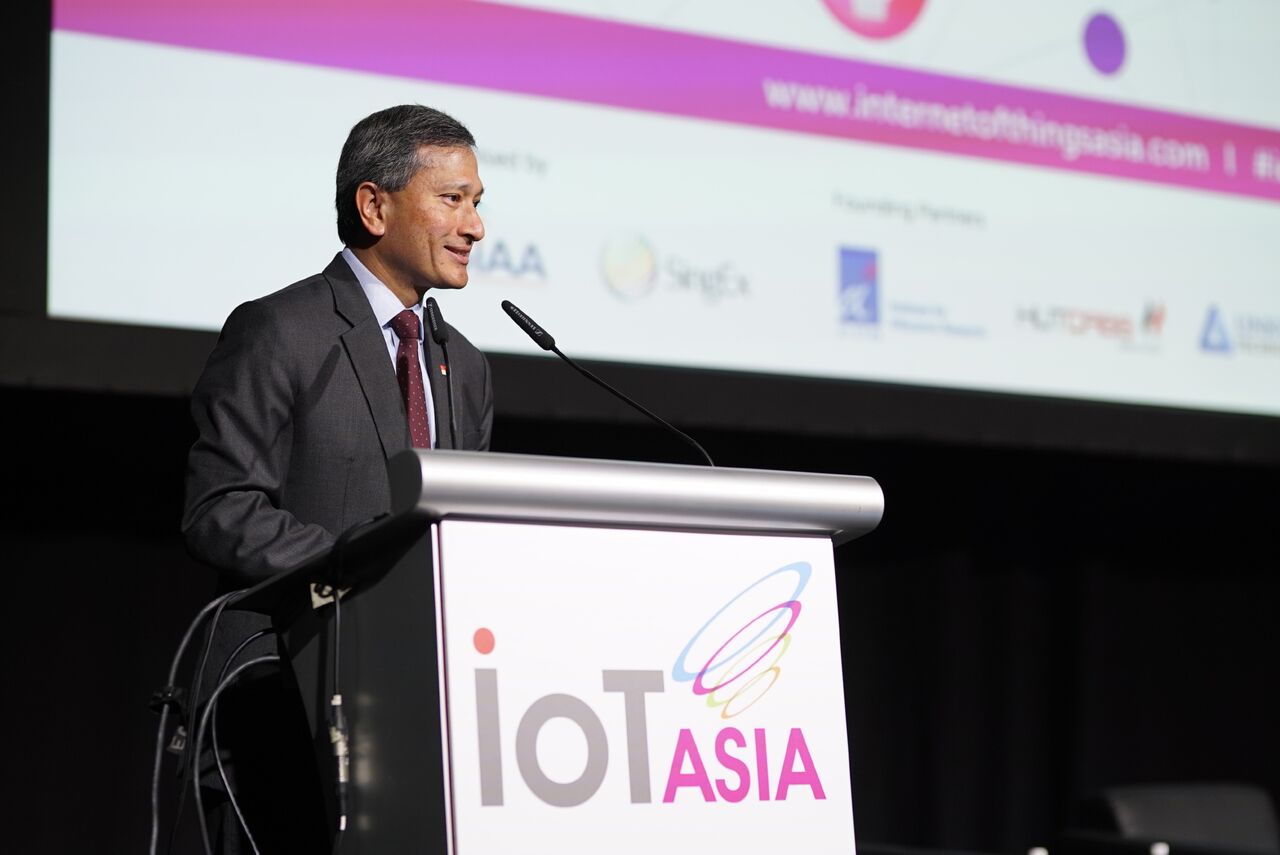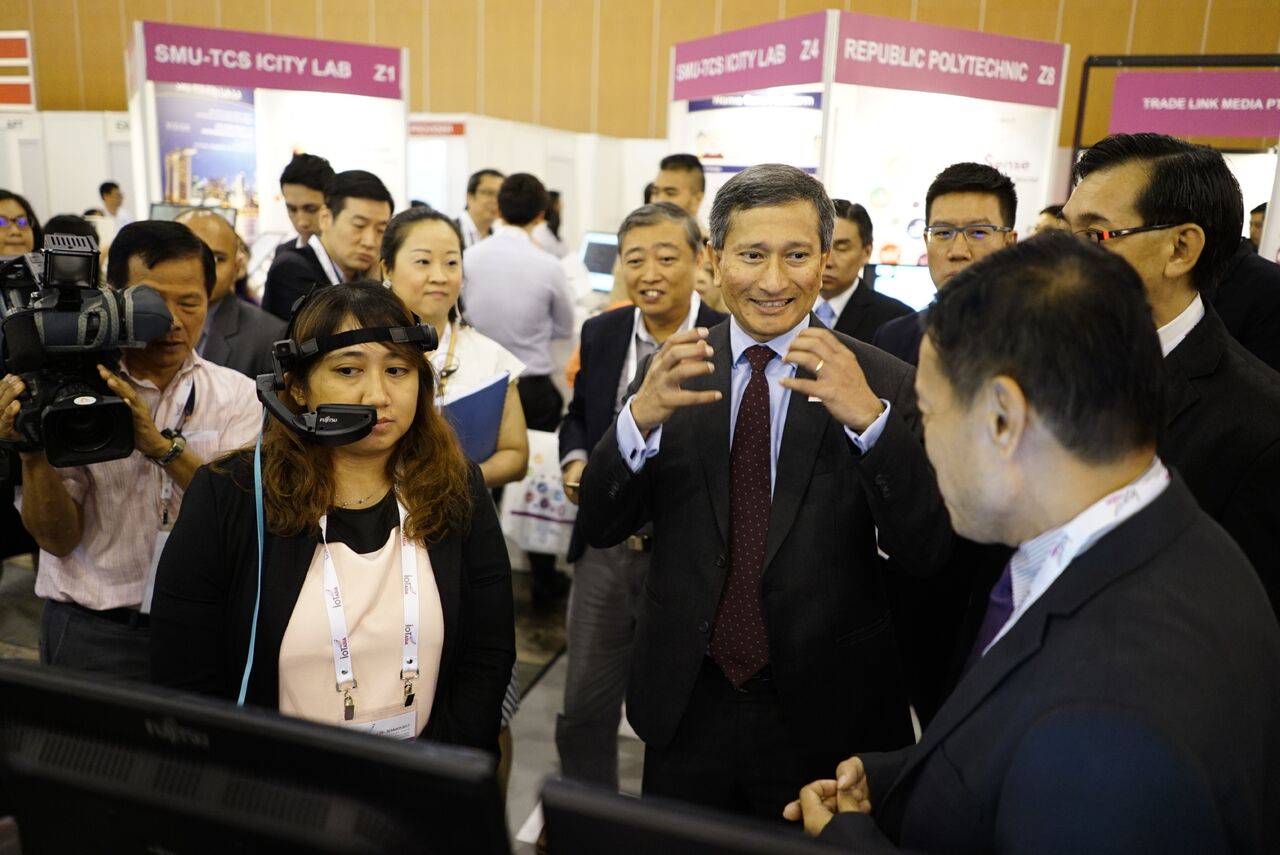At the opening keynote of the Internet of Things (IoT) Asia 2017 on March 29, Vivian Balakrishnan, the Minister in Charge of Smart Nation Initiative, outlined two priorities for the recently established Smart Nation and Digital Government (SNDG) Group.
The group was set to tighten linkages between planning and implementation of Smart Nation projects, and enable more agility in driving Digital Government and building Singapore as a Smart Nation. Its two priorities are ensuring public service have the relevant skillsets to deploy technology effectively, and the building of national platforms.
With regards to the first priority, the Government Technology Agency of Singapore (GovTech) signed a Memorandum of Intent (MOI) with the National University of Singapore (NUS) today, March 29. The two institutions will collaborate in the areas of technological innovation, specifically manpower and capability development for the benefit of public sector agencies.
NUS will provide training for 10,000 public servants in data science over five years. The two organisations will also work together to develop methods and processes to strengthen cybersecurity for public agencies.
Integrated national digital platforms for Singapore
Another priority area for SNDG is the building of national platforms. The Singapore government will be focusing its efforts on establishing integrated digital platforms that will enable innovation, benefit citizens and reduce business costs.
The Minister cited three examples. The first one is the Smart Nation Platform, which is a national IoT/sensor communication backbone. This platform will enable the sharing of sensors deployed by government agencies and the sensor data collected.
The second work in progress is a national digital identity framework. The SNDG is looking into upgrading SingPass to make sure that it is good enough as a secure digital identification system. The aim is to make the infrastructure available not just for the government, but for the private sector as well.
This is so that transaction costs can be reduced, and information can be exchanged securely and seamlessly. New services can be created and consumer experience can be improved. This will allow companies in Singapore to ride on these platforms to derive a competitive advantage.
The third area that SNDG is working on, is that of electronic payments. For example, the Monetary Authority of Singapore (MAS) is working with the industry to roll out a Central Addressing Scheme (CAS) in 2017. This will better enable or facilitate digital cash transfers.
The CAS maps mobile numbers or the Unique Equity Number (UEN) of businesses to bank account numbers. With this, funds can be sent to friends and businesses without needing to know their bank account numbers.
Electronic payments are aimed at making transactions easier and more convenient, so that more transactions can go cashless.
In conclusion, Dr Balakrishnan reiterated that Singapore is approaching the digital revolution from a position of strength.
There are strong infrastructure, technologically savvy people, and a single layer of government and leadership who is prepared to do what is necessary to make this work. Moreover, Singapore has nurtured a vibrant start-up and conducive business eco-system for solutions to be tested and scaled up.






